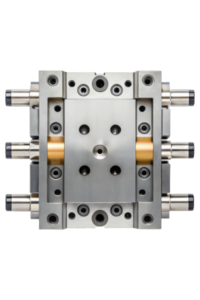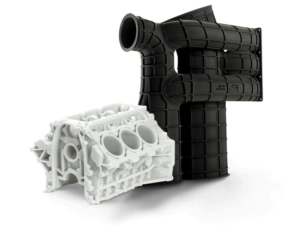Thin wall machining is a complex process that requires a high level of precision and expertise to achieve optimal results. Whether you’re working with metal, plastic, or composite materials, CNC machining can help you achieve the tight tolerances and smooth finishes that are essential for high-quality parts and components.
In this guide, we’ll take a deep dive into the world of CNC machining thin walls, exploring the key factors that influence the machining process, and providing you with tips and tricks for optimizing your results.
Understanding Thin Wall Machining
Thin wall machining is a type of CNC machining that involves creating precise cuts and shapes in thin, delicate materials. These materials are typically less than 2mm in thickness, and can be difficult to work with due to their delicate nature and tendency to deform or warp under stress.
To achieve optimal results in thin wall machining, it’s essential to have a deep understanding of the material properties and machining parameters that influence the process. This includes factors such as tool selection, cutting speeds, feed rates, and tool path optimization.
Choosing the Right Tools for Thin Wall Machining
One of the most important factors in achieving success in thin wall machining is selecting the right tools for the job. This involves considering a range of factors, including the type of material being machined, the desired finish quality, and the required dimensional tolerances.
For example, when machining delicate materials such as aluminum or plastic, it’s often necessary to use specialized tools that are designed specifically for thin wall machining. These tools typically have a smaller diameter and a reduced cutting height, which helps to minimize material deformation and improve precision.
It’s also important to consider the type of tool geometry and cutting edge angle, as these can have a major impact on cutting performance and material removal rates.
Setting Optimal Cutting Speeds and Feed Rates
The cutting speed and feed rate are two critical parameters that influence the outcome of any CNC machining process. In thin wall machining, it’s essential to choose cutting speeds and feed rates that are carefully optimized for the specific material being machined.
In general, higher cutting speeds can result in faster material removal rates and improved productivity. However, it’s also important to consider the potential impact of high cutting speeds on material quality and dimensional accuracy. For example, using excessively high cutting speeds can cause excessive tool wear, increased heat generation, and unwanted material deformation.
On the other hand, feed rate is a measure of how quickly the cutting tool moves through the material, and it can have a major impact on the surface finish quality and dimensional accuracy of the finished part.
Tool Path Optimization
The tool path is the path that the cutting tool follows as it moves through the material, and it can have a major impact on the outcome of the machining process. In thin wall machining, it’s essential to carefully optimize the tool path in order to minimize material deformation and achieve the desired results.
There are a number of different tool path optimization strategies that can be used in thin wall machining, including spiral tool paths, adaptive tool paths, and 3-axis tool paths. Each of these strategies has its own strengths and weaknesses, and the optimal strategy will depend on the specific material and machining parameters being used.
Conclusion
Thin wall machining is a complex process that requires a deep understanding of the factors that influence the outcome of the machining process. By carefully selecting the right tools, setting optimal cutting speeds and feed rates, and optimizing the tool path, you understand key design considerations for SLS and how to optimize your parts for your next project. For more information go to https://quickparts.com/


